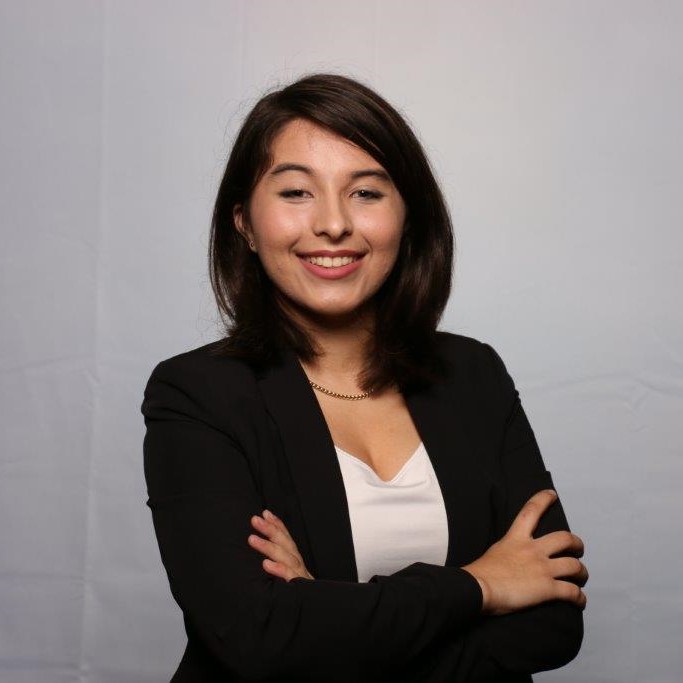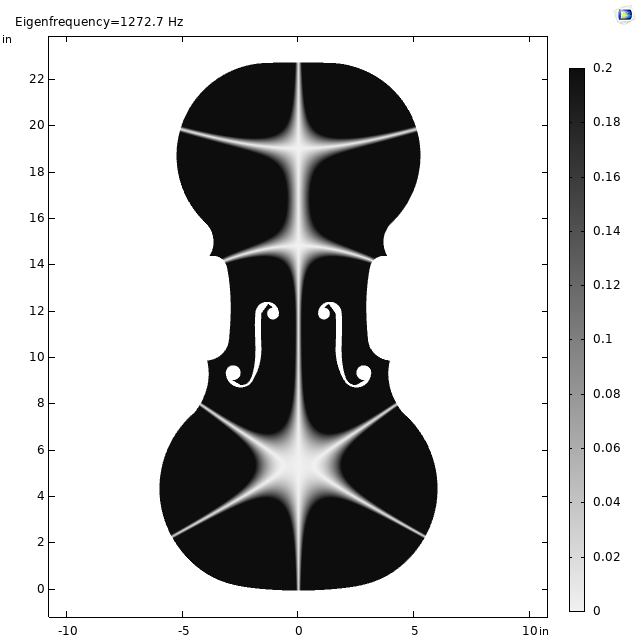Stylianides, Milanovic and Celmer Publish Paper


Aikaterini Stylianides, mechanical engineering student, Ivana Milanovic and Robert Celmer ‘78, professors of mechanical engineering in the College of Engineering, Technology, and Architecture (CETA), presented a paper at the recent 2019 COMSOL Conference in Newton, MA. The conference brings together developers and researchers to present their findings in the area of multiphysics modeling. The paper, An Investigation of Violin Sound Quality through Resonant Modes, describes a simulation study performed with the goal of quantifying the correlation between violin design and sound quality.
Ms. Aikaterini Stylianides, mechanical engineering student with a concentration in acoustics (BSME ’20), developed strong simulation skills and research capacity by participating in six research projects. She was also awarded $20,500 of funding over two academic years. Her example in relation to the digital transformation of our program is described here briefly.
As a sophomore, Ms. Stylianides took her required Thermodynamics course, supplementing it by completing a number of simulation assignments. This was to fulfil completion of a contract Honors course. In addition, Ms. Stylianides performed independent simulation-based research on the Acoustics of Dorm Rooms and presented her work at the Undergraduate Research & Creativity Colloquium in spring 2018.
A competitive University scholarship (Dorothy Goodwin, $2,000) funded Ms. Stylianides’ An Investigation of Violin Sound Quality through Resonant Modes in AY 18-19. The resonant modes of the front plate of a violin were explored by examining the predicted eigenfrequencies and normal modes. This research started by simulating Chladni patterns of a square-shaped steel plate. The plate was of finite thickness, no initial velocity or displacement, and with unconstrained edges without loads. The resulting Chladni patterns of increasingly complex shapes were compared and contrasted with their experimental counterparts. The study examined three different geometries, two materials, and eigenfrequencies between 175 Hz and 2700 Hz, a range chosen based on the pitch range of the violin. Ms. Stylianides presented her work at a technical conference with the support of in-house funding ($500).
Ms. Stylianides went on to participate in a NASA-related research Computational Modeling of Dual-Stream Nozzle Flows, sponsored by a college-funded Faculty/Student Engagement Grant ($1,000) in spring 2019. This investigation led to a Connecticut Space Grant (CT SG) Undergraduate Fellowship ($5,000) for Computational Aeroacoustics of a Coaxial Jet Engine Nozzle awarded in fall 2019.
Ms. Stylianides had also been engaged in helping us assess Simulation-Based Approach to STEM Challenges in fall 2019. This pedagogical research project has been funded by a CT SG STEM Education Research Grant with $2,000 for a student assistant.
Ms. Stylianides is continuing her work on The Sound of Violin with the focus on three-dimensional violin geometry and the impact of material on the sound quality. Another Faculty/Student Engagement Grant is supporting this activity ($1,000 per student, spring 2020) and Ms. Stylianides is mentoring two undergraduates performing their first simulation-based investigation.
Ms. Stylianides opted to take two technical electives, Applied CFD and Multiphysics Modeling at the graduate level. Significant simulation experience has helped her obtain a research position for another NASA-related and –funded ($9,000) project, Supersonic Inlet Noise Radiation Study. As a result, Ms. Stylianides visited NASA Glenn Research Center and presented her work in summer 2019. She is currently applying to national and international graduate aeroacoustics programs.